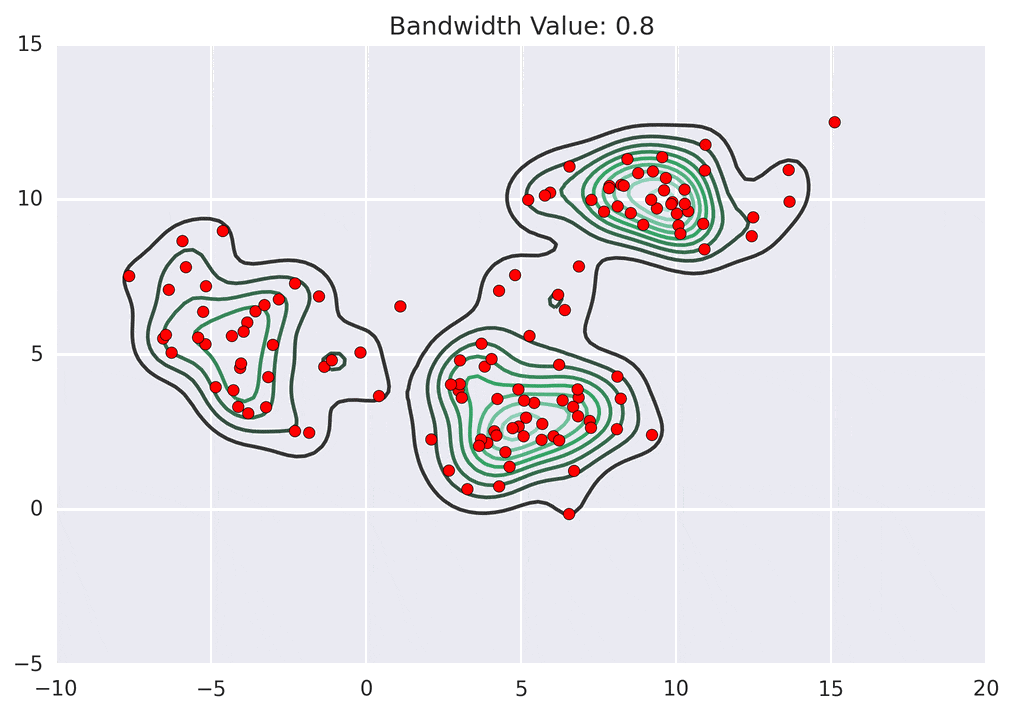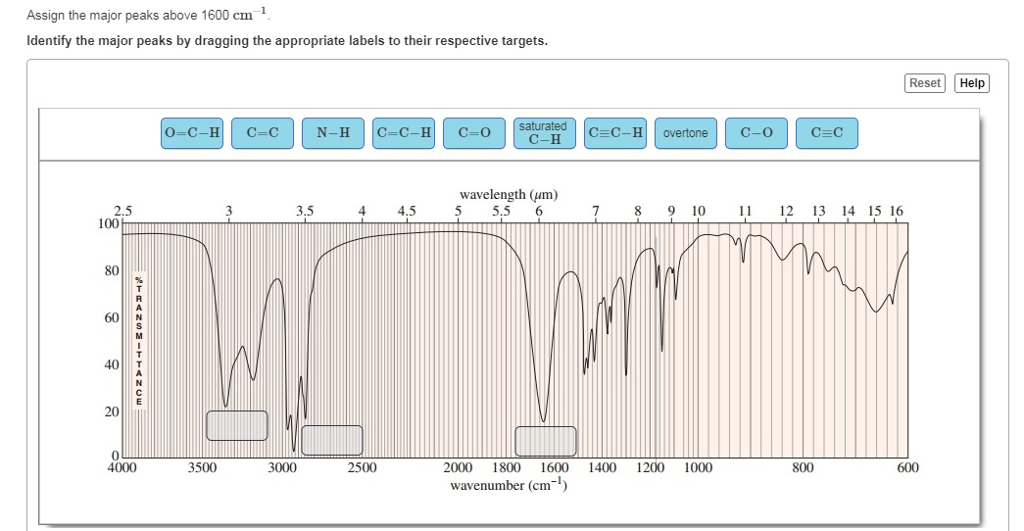

Higher temperature results in weakening the hydrogen bonds and therefore lessening the electron withdrawing effect of the hydrogen bond acceptor on the proton. Hydrogen - bonding protons have have especially pronounced dependence of resonance frequency on the sample temperature.

2 In the quest for the absolute chemical shift standard.And we'll talk much moreĪbout chemical shifts in the next few videos. So the protons on benzene have a chemical shift of 7.27. So we get a constant valueįor the chemical shift. So you could be using aģ00 megahertz spectrometer, or a 60 megahertz spectrometer, you're gonna get the same Value we did up here right? So 7.27 is a constant, no matter what kind of So we take a 436, we divide that by 60, and we get 7.27 again. Megahertz spectrometer, so 60 times 10 to the sixth hertz, once again the hertz cancels, the 10 to the sixth cancels, and we can do that calculation. So to calculate the chemical shift now, the difference would be 436 hertz, times 10 to the sixth, divided by, now we're using a 60 So a 60 megahertz spectrometer, if you use a 60 megahertz spectrometer, the protons on benzene absorb a frequency 436 hertz more than the protons on TMS. Let's say we're using aĦ0 megahertz spectrometer. Let's do this calculation again, let's say we did this, we ran the spectrum on aĭifferent spectrometer. And we have right here ppm or parts per million because these signals are reported as a fraction of the operatingįrequency of the spectrometer. And so let's go ahead and do that, so we turn the calculator on, 2181 divided by 300 gives us 7.27. And so we can cancel out, we can cancel out the hertz, we can cancel out 10 to the sixth, and so we have a simple calculation here to figure out the chemical shift. So 300 megahertz is 300 times 10 to the sixth hertz. That by 10 to the sixth is because the spectrometer That by 10 to the sixth, and the reason we multiply And so here's a symbol for chemical shift, so chemical shift is equal to the observed shift from TMS that was 2181, so that's 2181 hertz, and we need to multiply And so let's go ahead and figure out the chemical shift for So this difference, if you're thinking about frequency, this difference between our two signals, is 2181 hertz, if we are using a 300 Megahertz spectrometer, the protons on benzene absorb a frequency 2181 hertz more than the protons on TMS. For example, let's say that weĪre using an NMR spectrometer operating at 300 megahertz. Chemical shift is equal to the observed shift from TMS in hertz, times 10 to the sixth, divided by the spectrometerįrequency in hertz. And so if I move down here we can see the formula for chemical shift. And so let's look at the formula for calculating chemical shift. Number for a chemical shift? Well again, everything is compared to TMS. What the chemical shift is? For example for the protons on benzene, it looks like the signal appears a little bit past seven here. Have a higher chemical shift than the protons on TMS. So a higher shift as you move to the left. So as you go to the right, you're talking about a And the chemical shift would be, would be a similar idea to the frequency. And so instead of talking about frequency, we could talk aboutĬhemical shift values here. TMS are more shielded than almost all organic compounds. TMS is actually our standard because the protons on And so therefore, the protons on benzene have a higher frequency signal than the protons on TMS. Left on an NMR spectrum, you're talking about a So a lower frequency signalĪs you move to the right on an NMR spectrum. In an earlier video we said that as you go to the right on an NMR spectrum you're talking about a And here's the signal for TMS right here. And the protons on TMS areĪll in the same environment and so therefore we wouldĮxpect one signal for TMS. If we compare benzene to this compound, this is tetramethylsilane or TMS. And so here's the one signal on a spectrum due to the protons on benzene. Were chemical equivalents, and should give us only one Were in the same environment, therefore all six protons In the previous video, we looked at the protons on benzene.


 0 kommentar(er)
0 kommentar(er)
